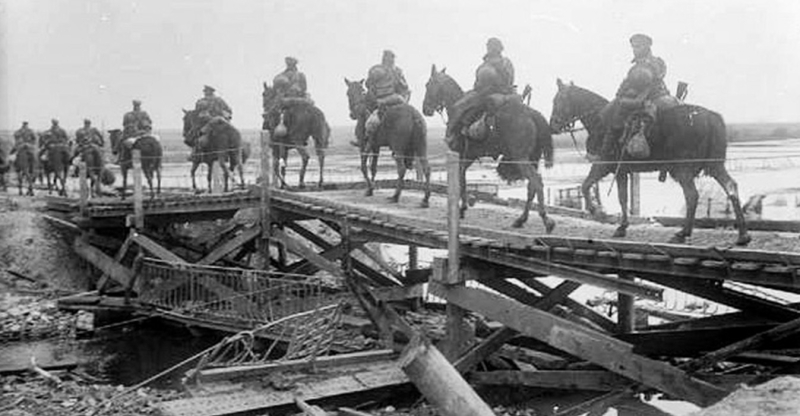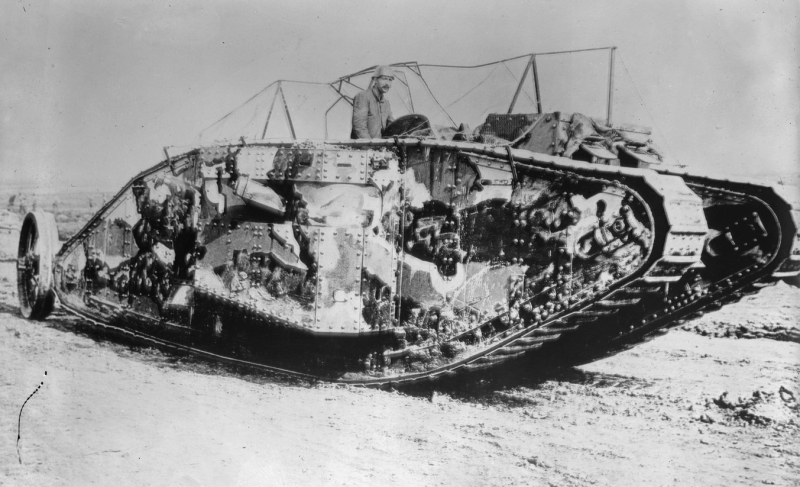Predicting Warcraft
Today, we predict warcraft. The University of Houston presents this series about the machines that make our civilization run, and the people whose ingenuity created them.
______________________
Century Magazine offers a telling picture of the shifting American press between 1881 and 1930. It spoke to an educated middle-class America. Just think what those years encompassed: It arose in a time of prosperity and a belief in progress. Meanwhile, social reform bubbled under the surface. Century Magazine reached its peak just before the 20th century. Then it dwindled. It no longer spoke to a rapidly-changing middle-class culture.
So let us go back to its peak – two decades before World War One (and soon before the smaller Spanish-American War). Here’s an article titled “The Future of War.” Remember: we just said how the magazine reflected our belief in progress. Well, let’s see where we then saw progress taking us.
Two machines were on people’s minds back then: The automobile and the airplane. We could already buy a primitive car. And dirigibles were a reality. Airplanes? Well, they were brewing. Visible, perhaps, on the near horizon.

No one saw this coming (Photo by JHL)
Cars and trucks would play a big role in the coming World War One. As would the airplane. Shouldn’t an article about progress in war machines have seen those coming?
But the magazine’s comfortable conservatism was not about to make such a reach into the future. The article focuses heavily on better rifles and artillery. And it does get some things right. Heavy gunfire would turn the old cavalry charge into a suicidal gesture.

British Cavalry early in WW-I (image courtesy of picryl)
But it still saw horses moving troops behind the front. No mention of engine-powered vehicles. In fact, armies in the early days of the war did, piece by piece, phase out their attempts to use horses in any role. Soon almost all horses gave way to cars, trucks, ambulances, ... and eventually the tank. No one saw tanks coming. Yet they were finally decisive in the war.

First British Tank, camouflaged, 1916 (image courtesy Wikimedia)
The article does see a role for observation balloons. But they were old hat. They’d seen wide use back in our Civil War.
World War One almost immediately ground down to static trenches. And here, the article ends with a line more accurate than the author could have known. He says, “They will parry and fence like great swordsmen, but they will thrust only when the enemy rushes upon them.” I wonder if he lived to see just how that worked in the terrible coming war.
Invention, you see, always creates discontinuous futures. Every human future is at the mercy of invention. That’s why the future always surprises us. And the very comfort of this old magazine seems to’ve kept it from reading even those futures that would already seem pretty obvious.
I’m John Lienhard, at the University of Houston, where we’re interested in the way inventive minds work.
(Theme music)
Fitzhugh Lee: The Future of War: Military Operations as affected by the New Weapons. Century Magazine, Vol. L. New Series Vol. XXVIII, pp 422-424. July, 1895.
For the history of Century Magazine, see: The Century Magazine - Wikipedia
See this article for a history of the British use of Cavalry in WW_I.
For more on Trench Warfare in WW-I, see: Trench Warfare
For the history of the Tank, see: Tank - Wikipedia
This episode first aired November 3, 2025.